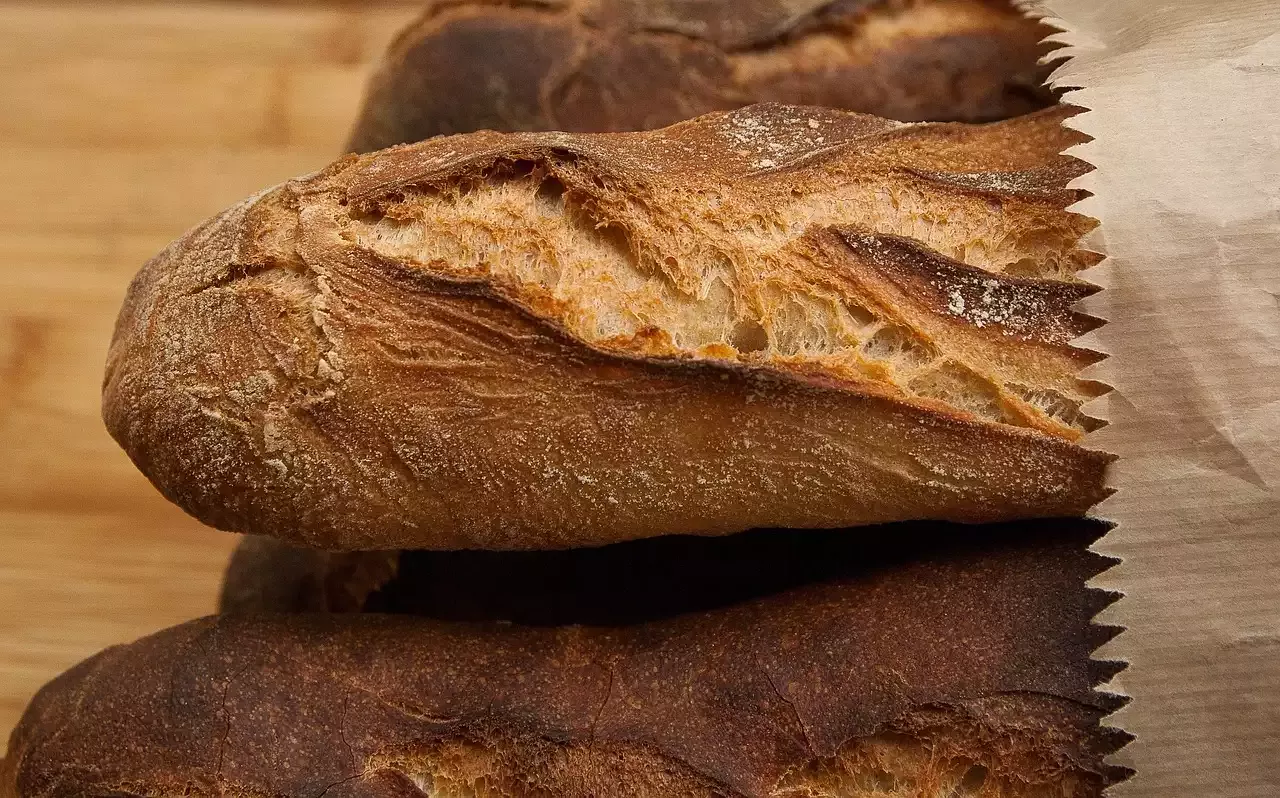History of Croissants
The origins of croissants are not entirely clear, but they are believed to have been invented in Vienna during the 17th century. The pastry was known as "kipfel," which means "crescent" in German. The kipfel was similar in shape to the modern-day croissant, but it was not made with butter. In fact, the croissant as we know it today did not exist until the 19th century, when a French baker named August Zang opened a Viennese bakery in Paris.
Zang introduced the Viennese kipfel to the French, but he made some significant changes to the recipe. He added butter to the dough, which gave the pastry a flaky texture and a rich, buttery flavor. The French fell in love with the croissant, and it quickly became a staple of French cuisine. Today, croissants are enjoyed all around the world, and they remain one of the most iconic pastries in the world.
Ingredients of Croissants
Before we dive into the recipe, let's take a look at the ingredients you'll need to make croissants from scratch. You'll need:
- 500g all-purpose flour - 10g salt - 80g sugar - 10g active dry yeast - 300ml cold milk - 250g cold unsalted butter
It's important to note that the butter should be cold but pliable. If the butter is too hard, it will be difficult to work with, and if it's too soft, it will melt into the dough. You may need to let the butter sit at room temperature for a few minutes before using it.
Recipe
Now that you have all of your ingredients, it's time to get started on the recipe. This recipe makes approximately 16 croissants.
Step 1: Prepare the Dough
In a large bowl, combine the flour, salt, sugar, and yeast. Gradually add the cold milk, stirring until a dough forms. Knead the dough on a lightly floured surface for about 10 minutes, or until it becomes smooth and elastic.
Place the dough in a lightly oiled bowl, cover it with plastic wrap or a clean kitchen towel, and let it rest in the refrigerator for at least 30 minutes.
Step 2: Prepare the Butter
While the dough is resting, prepare the butter. Cut the cold, pliable butter into small pieces and place them on a sheet of parchment paper. Cover the butter with another sheet of parchment paper and use a rolling pin to flatten it into a rectangle that is approximately 20cm x 15cm.
Place the flattened butter in the refrigerator to chill while the dough continues to rest.
Step 3: Make the Croissant Dough
Remove the dough from the refrigerator and roll it out on a lightly floured surface into a rectangle that is approximately 40cm x 20cm. Place the chilled butter rectangle in the center of the dough, then fold the dough over the butter so that it is completely covered.
Use a rolling pin to gently roll the dough into a rectangle that is approximately 60cm x 20cm. Fold the dough into thirds, like a letter, then wrap it in plastic wrap and place it in the refrigerator to chill for at least 30 minutes.
Step 4: Repeat the Folding Process
Remove the dough from the refrigerator and repeat the folding process two more times, allowing the dough to chill for at least 30 minutes between each fold. This will help create the flaky layers that are characteristic of croissants.
Step 5: Shape the Croissants
After the final fold, roll the dough out into a rectangle that is approximately 60cm x 30cm. Use a sharp knife or a pizza cutter to cut the dough into triangles that are approximately 10cm wide at the base.
Starting at the base of each triangle, roll the dough up tightly, gently stretching the dough as you roll to create the classic croissant shape. Place the croissants on a baking sheet lined with parchment paper, leaving plenty of space between them to allow for rising.
Step 6: Let the Croissants Rise
Cover the croissants with a clean kitchen towel and let them rise in a warm, draft-free place for about 2 hours, or until they have doubled in size.
Step 7: Bake the Croissants
Preheat your oven to 200°C. Beat an egg in a small bowl and brush the egg wash over the tops of the croissants. Bake the croissants for 15-20 minutes, or until they are golden brown and fully cooked.
Step 8: Enjoy!
Remove the croissants from the oven and let them cool on a wire rack for a few minutes before serving. Croissants are best enjoyed warm, but they can also be stored in an airtight container at room temperature for a day or two.
Last Thing
Making croissants from scratch may seem intimidating, but with the right recipe and a little bit of patience, anyone can create this classic pastry at home. Remember to use cold, pliable butter, and be sure to allow the dough to rest and chill between each fold. With a little bit of practice, you'll be making perfect croissants in no time!

